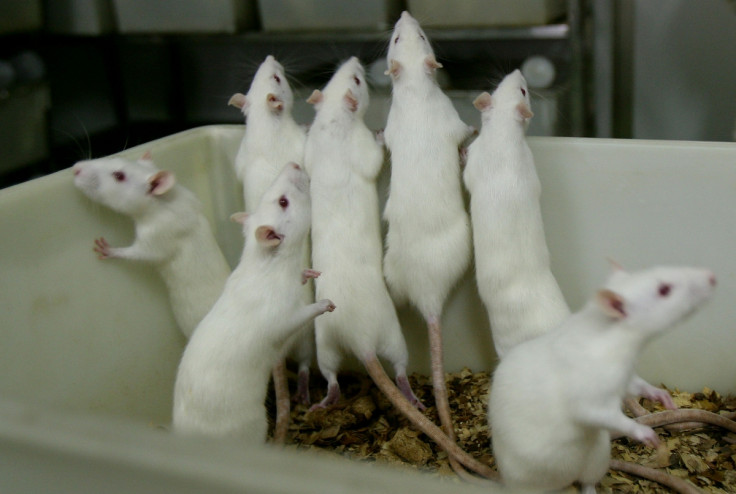Motivation for aggressive behaviours and bullying identified in brains of mice
Scientists have found what makes some individuals feel pleasure at bullying others.

Scientists have identified the parts of the brain which may motivate people to engage in bullying and aggressive behaviours. They say that for some individuals, an act of aggression can trigger specific reward circuits in the brain.
The study, published in the journal Nature, investigates how adult mice react to younger subordinate mice, suggesting a majority engage in bullying and finds pleasure in this.
The scientists have also monitored which areas of the rodents' brains was activated when in contact with their younger peers, to assess how these behaviours were shaped by neurological circuits.
For this research, the scientists have exposed adult male mice to a younger subordinate mice for three minutes each day, for three consecutive days.
In total, 70% of these adults exhibited aggressive behaviours towards the younger mice. The scientists noted that the aggressors developed a preference for their environment when they were in contact with the subordinate mice – suggesting they found these interactions to be particularly rewarding. The researchers thus decided to investigate if this reward feeling could be observed directly in the brains of the aggressors.
Primary brain reward circuit
Using electrophysiological and histological techniques, the team found that when given the opportunity to bully another individual, aggressive mice exhibited increased activity of the basal forebrain.
This led specific neurotransmitters – known as GABA neurons – to reduce the activity in the lateral habenula, an area of the brain that would normally encode an aversion to aggressive stimuli.

This suggests that aggressive behaviours towards other mice triggered a pleasurable reaction instead of aversion. "Our study is the first to demonstrate that bullying behaviour activates a primary brain reward circuit that makes it pleasurable to a subset of individuals," says study author Scott Russo, associate Professor of Neuroscience at the Icahn School of Medicine at Mount Sinai.
Inhibiting aggression
In previous research, the lateral habenula had been shown to play a role in negative moods and aversion in mice and humans, but the neural mechanisms regulating the reward of aggressive behaviour had not been identified.
To further confirm their findings, the scientists manipulated the activity of GABA between the basal forebrain and the lateral habenula in some mice. They showed that increased activity in the lateral habenula had the potential to prevent bullying and aggressive attitudes – in this situation, the mice indeed seemed a lot more docile and benevolent towards their peers.
Further research on the lateral habenula and its inputs from the basal forebrain could pave the way to developing novel therapeutic drugs for treating aggression-related psychiatric disorders, the scientists hope.
© Copyright IBTimes 2025. All rights reserved.






















